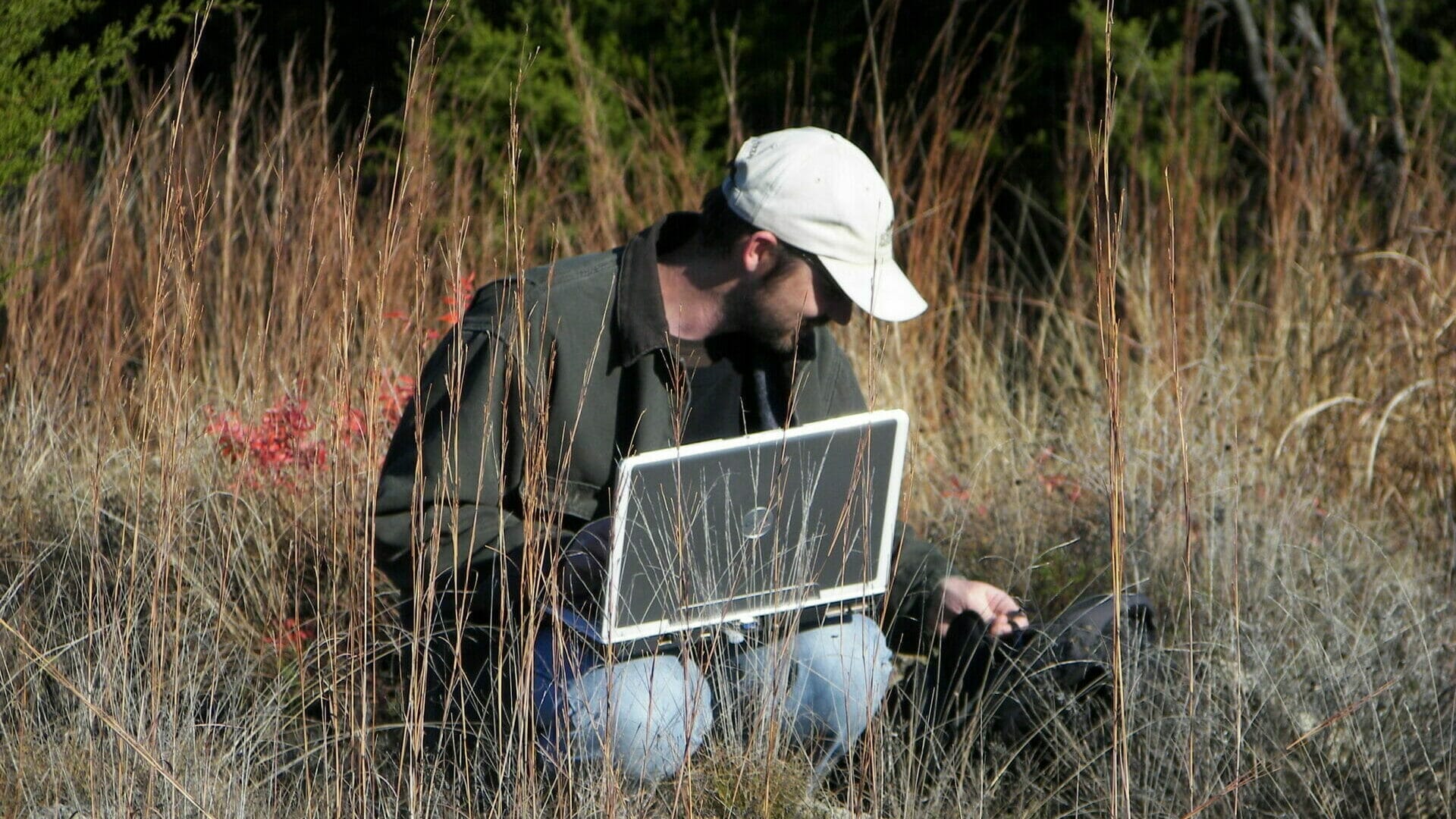Fossil Rim is made up of 1800 acres of open land in the Texas hill country. Over the years, we’ve gained a reputation as a safari experience as well as a conservation facility. One question has always come up: why not just build a traditional zoo? Part of the answer has to do with our unique draw, but the rest is about keeping Texas wild. While a zoo could theoretically house more species, our land is special. From unique research and enrichment opportunities, to the ability for us to focus on herds rather than individuals. Our land is full of native Texas flora and fauna, providing not only a habitat for exotic animals but a refuge for the species that have called this place home for thousands of years.

The Past
The land that is now Texas has been a refuge for plants and animals for hundreds of thousands of years. From the evidence of dinosaurs and other prehistoric life found right here in Glen Rose, to fossils found within the rocks of Big Bend. In more recent history, Texas has split into several distinct regions, each holding a wealth of unique biodiversity. Fossil Rim straddles two of these ecoregions, the Hill Country, also called Edwards Plateau and the Prairie and Lakes region. What this means is that the landscape has always been a mix of limestone cliffs, large wooded hills and sprawling grass fields interspersed with brush and creeks. The animals that make their home here have adapted to survive in the Texas climate and give back to the land in their individual ways.
When Fossil Rim was first founded, the landscape and climate was considered when deciding what exotic species we would raise. It just so happens that much of Africa is incredibly similar to Texas.
The Present
Today Fossil Rim is no longer a ranch, but rather a fully certified zoological facility. That being said, it’s one of few safari-style facilities in the country dedicated to conservation. Over the years our understanding of the way that our animals interact with and depend on the natural resources provided by our land has grown. It has also provided insight that we can share with other organizations and researchers.

Ensuring the land Fossil Rim sits on stays healthy means protecting the habitats of our animals, both native and exotic. We allow native plants to grow while culling invasive species to help restore balance. To prevent overgrazing, we close off areas of pasture and perform controlled burns to give grass and other browse a chance to grow back stronger.
Despite our reputation as an Africa safari experience, Fossil Rim isn’t only about helping animals from across the world. We have thriving populations of wild turkeys, deer, rabbits, reptiles, birds and more. These mimic the roles of African species in the lives of our exotic animals and encourage the growth of plant life. This native plant life helps prevent the erosion of our limestone cliff sides, provides shelter, and acts as a food source. Caring for the land actually means less work for us in the long run. After all, a healthy ecosystem is a self-sustaining one.

The Future
For years, Fossil Rim and our partners have been invested in land protection. This has been through donation and work on land preserves, as well as through the purchase of undeveloped property. The more land we are able to keep natural, the stronger local ecosystems will be able to become. There is no wildlife conservation without the restoration and care of their habitats. Our plan for the future is to continue to find new ways to expand our reach and to help others protect their local habitats by joining us in this adventure in conservation.

